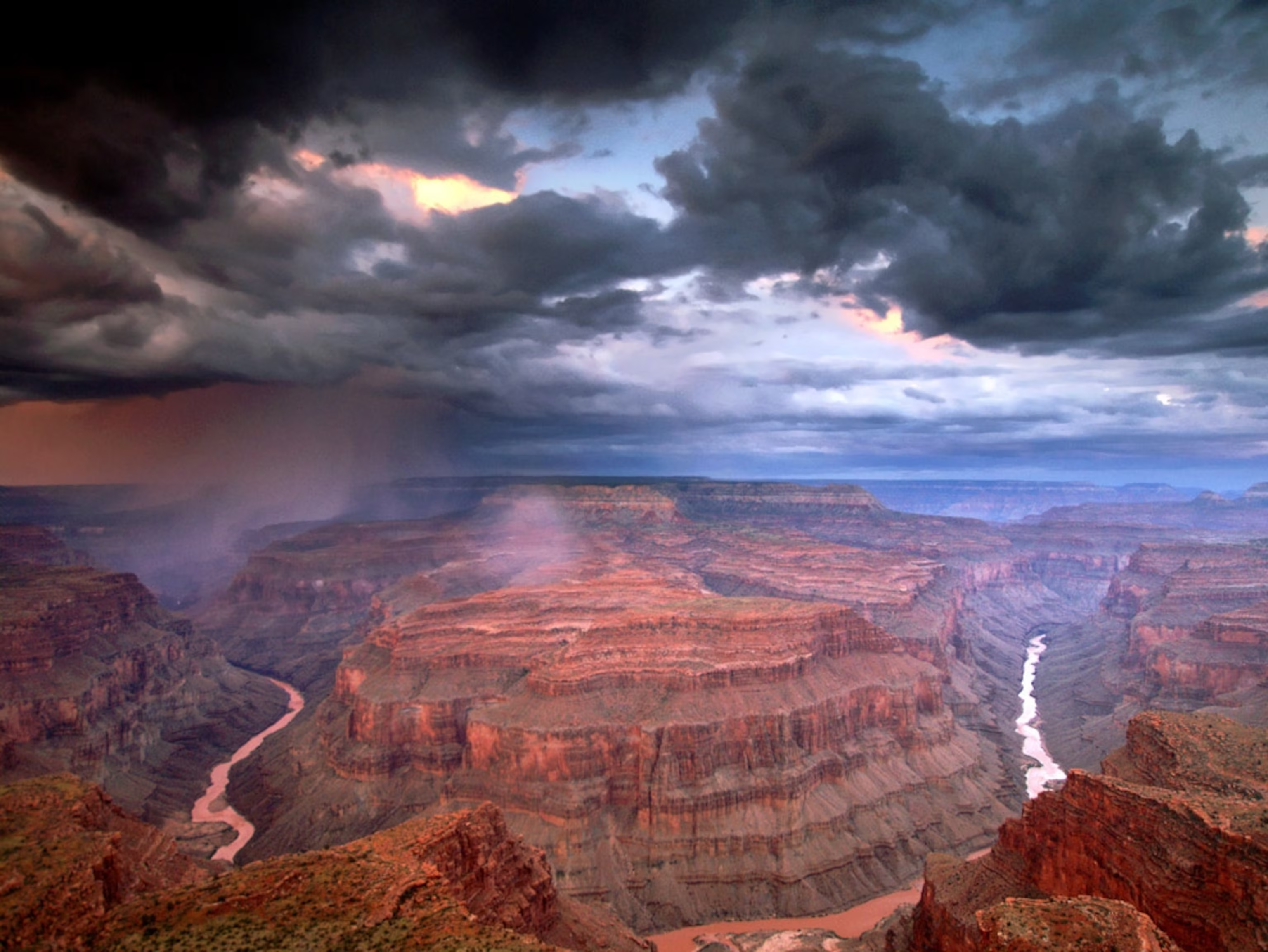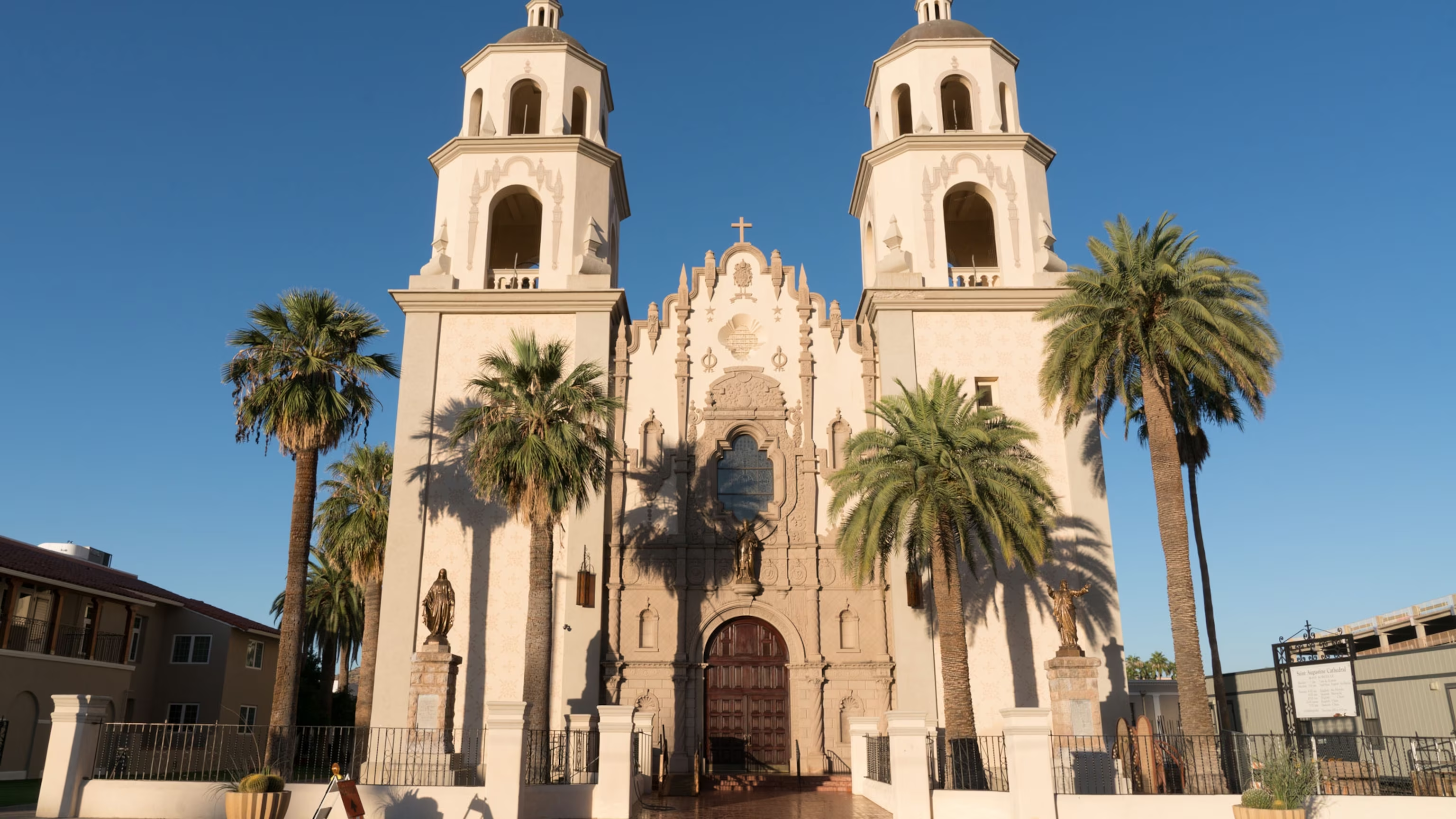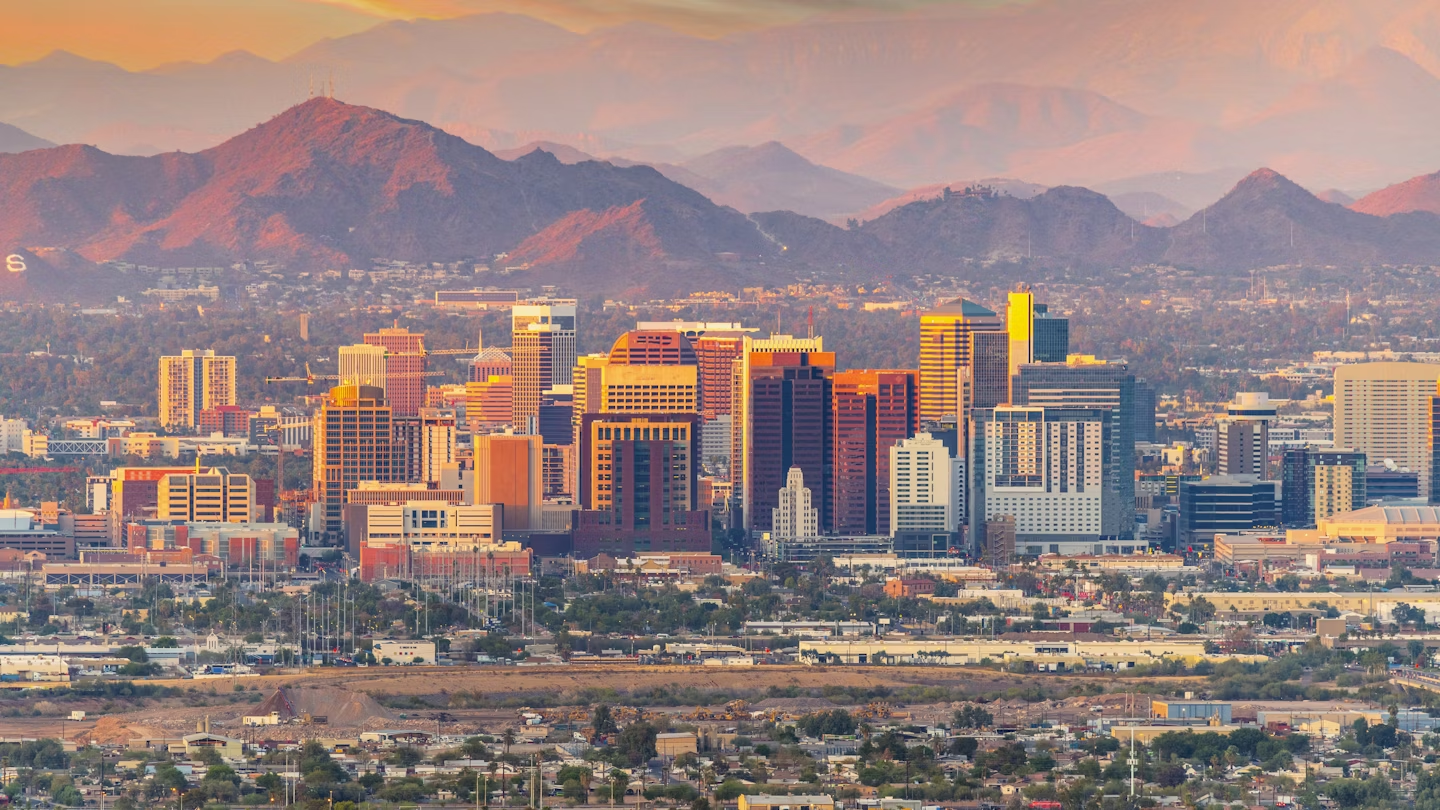Arizona, known for its stunning desert landscapes, red rock formations, and the iconic Grand Canyon, offers visitors a diverse range of activities and natural wonders.
Whether you are a nature lover, history enthusiast, or adventure seeker, Arizona has something for everyone. Below is a comprehensive travel guide to help you plan your visit.
Top Attractions
Grand Canyon National Park ★★★
One of the Seven Natural Wonders of the World, the Grand Canyon is a must-see destination in Arizona. The South Rim is the most visited section, offering numerous viewpoints, hiking trails, and guided tours. For a more rugged experience, explore the North Rim or take a rafting trip along the Colorado River.









Saguaro National Park ★
Saguaro National Park, located in southern Arizona, is renowned for its iconic saguaro cacti, the symbol of the American West. Split into two districts—Tucson Mountain District (West) and Rincon Mountain District (East)—the park offers diverse landscapes, from desert flats to rugged mountain ranges.









Sedona
Famous for its red rock formations and spiritual energy, Sedona is a haven for outdoor activities like hiking, mountain biking, and jeep tours. Popular trails include Cathedral Rock and Devil’s Bridge. Sedona is also known for its art galleries, vortex sites, and wellness retreats.






Monument Valley
Located on the Arizona-Utah border, Monument Valley features towering sandstone buttes and sweeping desert vistas. It’s a popular spot for photography and offers guided tours through Navajo Nation land, where you can learn about Native American culture and history.






Antelope Canyon ★★★
A breathtaking slot canyon near Page, Antelope Canyon is known for its narrow passageways and stunning light beams that create an otherworldly atmosphere. You can explore both the Upper and Lower sections, but be sure to book a guided tour in advance, as it’s located on Navajo land.









Horseshoe Bend
Just a few miles from Antelope Canyon, Horseshoe Bend is a dramatic curve in the Colorado River. A short hike leads to an overlook, offering panoramic views of the winding river below. It’s an iconic photo spot and best viewed at sunrise or sunset.






Cities to Explore
1. Phoenix
Arizona’s capital city is a bustling urban hub with a mix of cultural attractions, outdoor activities, and vibrant nightlife. Visit the Desert Botanical Garden, hike Camelback Mountain, or explore the Heard Museum, which focuses on Native American art and history.









2. Tucson
Known for its vibrant arts scene and rich history, Tucson offers a more relaxed atmosphere compared to Phoenix. Visit Saguaro National Park to see the iconic saguaro cacti, or explore the historic Mission San Xavier del Bac. Tucson is also a foodie destination, with many local restaurants offering Mexican cuisine influenced by the region’s proximity to the border.






3. Flagstaff
This mountain town is the gateway to many of northern Arizona’s natural wonders, including the Grand Canyon and Walnut Canyon. Flagstaff also has a lively downtown, filled with breweries, coffee shops, and outdoor gear stores, perfect for fueling up before your next adventure.
Outdoor Adventures
- Hiking: Arizona is a hiker’s paradise, offering trails for all skill levels. In addition to the Grand Canyon and Sedona, check out Camelback Mountain in Phoenix, the Superstition Mountains, and the scenic trails of Mount Lemmon near Tucson.
- Hot Air Balloon Rides: For a unique perspective of Arizona’s desert landscapes, book a hot air balloon ride over the Sonoran Desert. Sunrise flights near Phoenix are particularly popular, offering stunning views of the cacti-studded landscape and the chance to spot wildlife.
- Lake Powell: Located on the border of Arizona and Utah, Lake Powell is a man-made reservoir offering opportunities for boating, kayaking, and houseboat rentals. The stunning red rock cliffs that surround the lake make it a picturesque destination for water-based activities.
Where to Eat
- Phoenix: Try Pizzeria Bianco for award-winning pizza or visit The Mission for modern Latin cuisine.
- Sedona: Head to Elote Café for Southwestern fare with a twist or dine at Mariposa for stunning views and Latin-inspired dishes.
- Tucson: Sample Sonoran hot dogs at El Güero Canelo or enjoy fine dining at The Coronet.
Best Time to Visit
The best time to visit Arizona depends on your activities. Fall (September to November) and spring (March to May) offer the most comfortable temperatures for hiking and exploring outdoor attractions. Winter (December to February) is ideal for visiting desert regions like Phoenix and Tucson, while summer (June to August) is perfect for escaping the heat by heading to higher elevations like Flagstaff or the Grand Canyon.
Practical Tips
- Weather: Arizona’s climate varies by region. The desert areas can be extremely hot in the summer, while northern Arizona experiences cooler temperatures and snow in the winter.
- Permits: Some attractions, such as Antelope Canyon, are on Native American land and require permits or guided tours. Always check in advance.
- Hydration: The dry desert climate means you can become dehydrated quickly. Always carry plenty of water, especially if you’re hiking or spending time outdoors.
Conclusion
Arizona is a state filled with natural beauty, cultural landmarks, and endless opportunities for adventure. Whether you’re standing at the edge of the Grand Canyon, wandering through Sedona’s red rock country, or learning about Native American history, Arizona promises unforgettable experiences for every traveler.









Leave a Reply